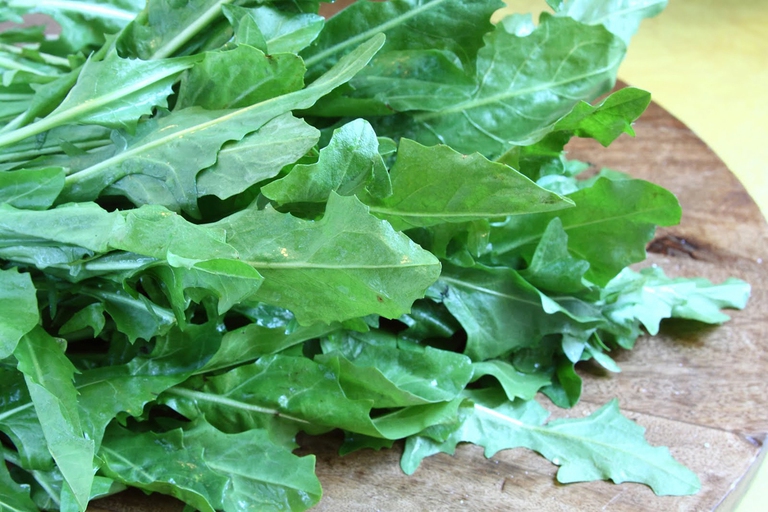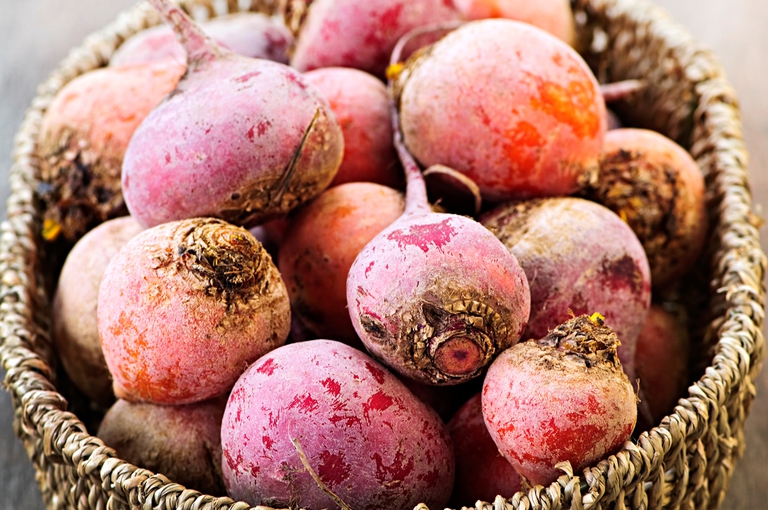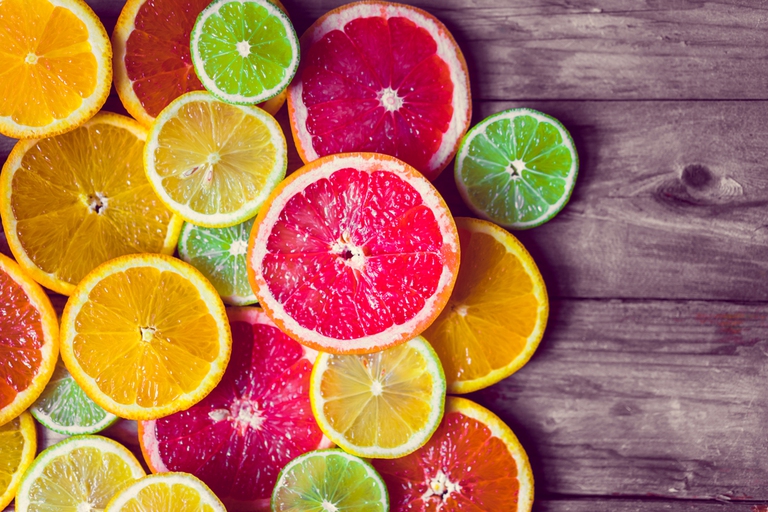
Factory farming conditions and antibiotic-resistant pathogens emerging as a result of them pose an existential threat to humans in the form of zoonotic diseases. Why it’s time to produce and consume food more thoughtfully.
February is the best month to begin cleansing the body from toxins accumulated during the winter: let’s start every meal with a detox salad with fennels, leeks and turnips seasoned with extra virgin olive oil and a pinch of salt. At the end of the month, you can collect early small and tender dandelion leaves,
February is the best month to begin cleansing the body from toxins accumulated during the winter: let’s start every meal with a detox salad with fennels, leeks and turnips seasoned with extra virgin olive oil and a pinch of salt. At the end of the month, you can collect early small and tender dandelion leaves, delicious if consumed raw.
Beetroot, broccoli, artichoke, cardoon, catalogna chicory, carrot, cauliflower, white cabbage, Savoy cabbage, Brussels sprout, chicory, sauerkraut, beet tops, fennel, endive, lettuce, leek, red radicchio, turnip, scorzonera, scorzobianca, spinach, Jerusalem artichoke, valerianella, pumpkin.
Actinidia (kiwi), orange, tangerine, clementine, lemon, grapefruit, apple, pear, dried fruits.
Sole, sea bass, cod, mackerel and sardine are seasonal until the end of February, but some of these species are endangered. For further information check the guide for sustainable fish.
Siamo anche su WhatsApp. Segui il canale ufficiale LifeGate per restare aggiornata, aggiornato sulle ultime notizie e sulle nostre attività.
![]()
Quest'opera è distribuita con Licenza Creative Commons Attribuzione - Non commerciale - Non opere derivate 4.0 Internazionale.
Factory farming conditions and antibiotic-resistant pathogens emerging as a result of them pose an existential threat to humans in the form of zoonotic diseases. Why it’s time to produce and consume food more thoughtfully.
The world of cinema recognises the link between food choices and the climate crisis by offering vegan menus for awards season events, including at the most important of them all: the Oscars.
Let’s look at the reasons behind the growth of veganism in India, as a small yet vocal section of the population turns towards this diet and lifestyle in the largest milk producing country in the world.
by Jeffrey Y. Campbell, Manager of the Forest and Farm Facility at FAO In the Ecuadorian Amazon, Kichwa farmers grow dozens of products on tiny parcels of land. Their lands hum with biodiversity, yielding nutritious foods that have sustained families for generations. Wandering among fruit and nut trees and crops, these indigenous agroforesters fill their baskets
Mint has many health benefits, but in food it’s often accompanied by artificial green colourings. Instead, Galatea has created a green mint ice cream in a completely natural way.
We’re talking about Galatea, a company that produces semi-finished products for artisanal ice creams using high quality ingredients, natural colouring, excluding thickeners and hydrogenated fats, respecting the environment and supporting the less fortunate.
The mad rush to fake food, like fake meat made with genetically-modified soy, ignores the importance of the diversity of our foods and culinary cultures. It’s a recipe to accelerate the destruction of the Planet and our health.
Like with all foods, the quality of an ice cream can be discerned by reading its label. An expert explains how to do this, and tells us how their company steers clear of chemicals, using only natural ingredients to produce an excellent and “free” ice cream.
Quality ingredients, no artificial colouring and hydrogenated fats. These are the main features of a great ice cream. But what makes an ice cream parlour “good”, i.e. sustainable?










